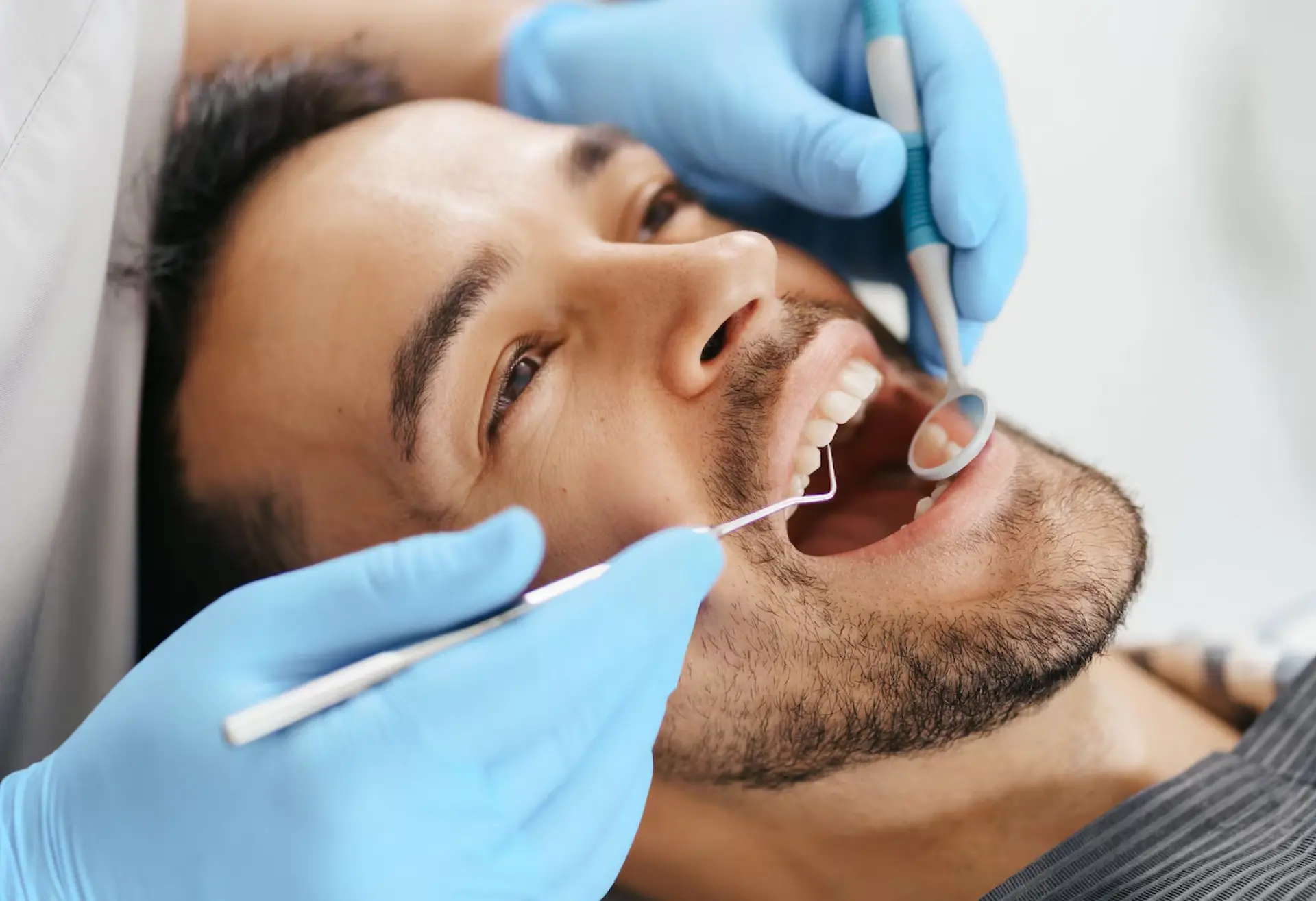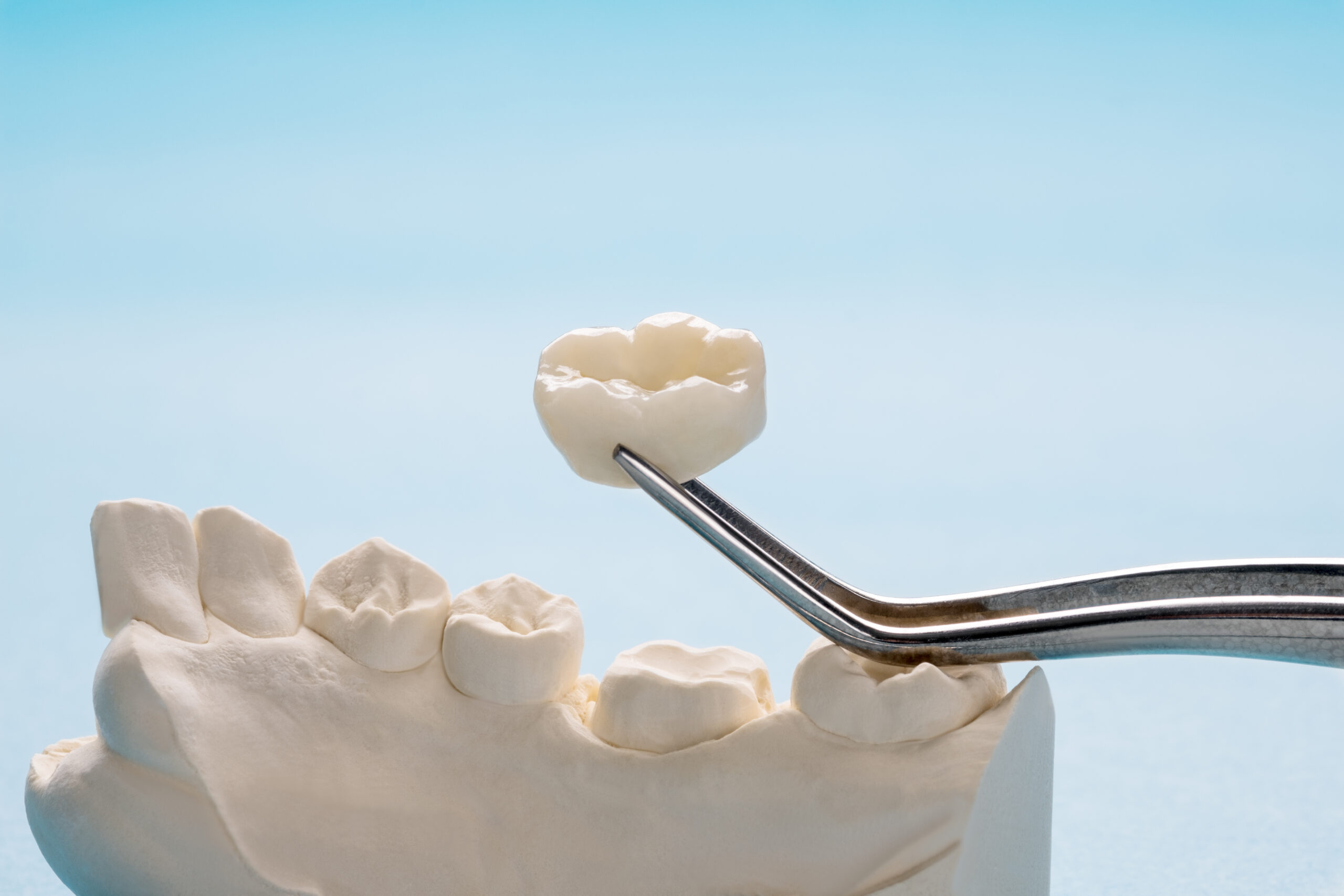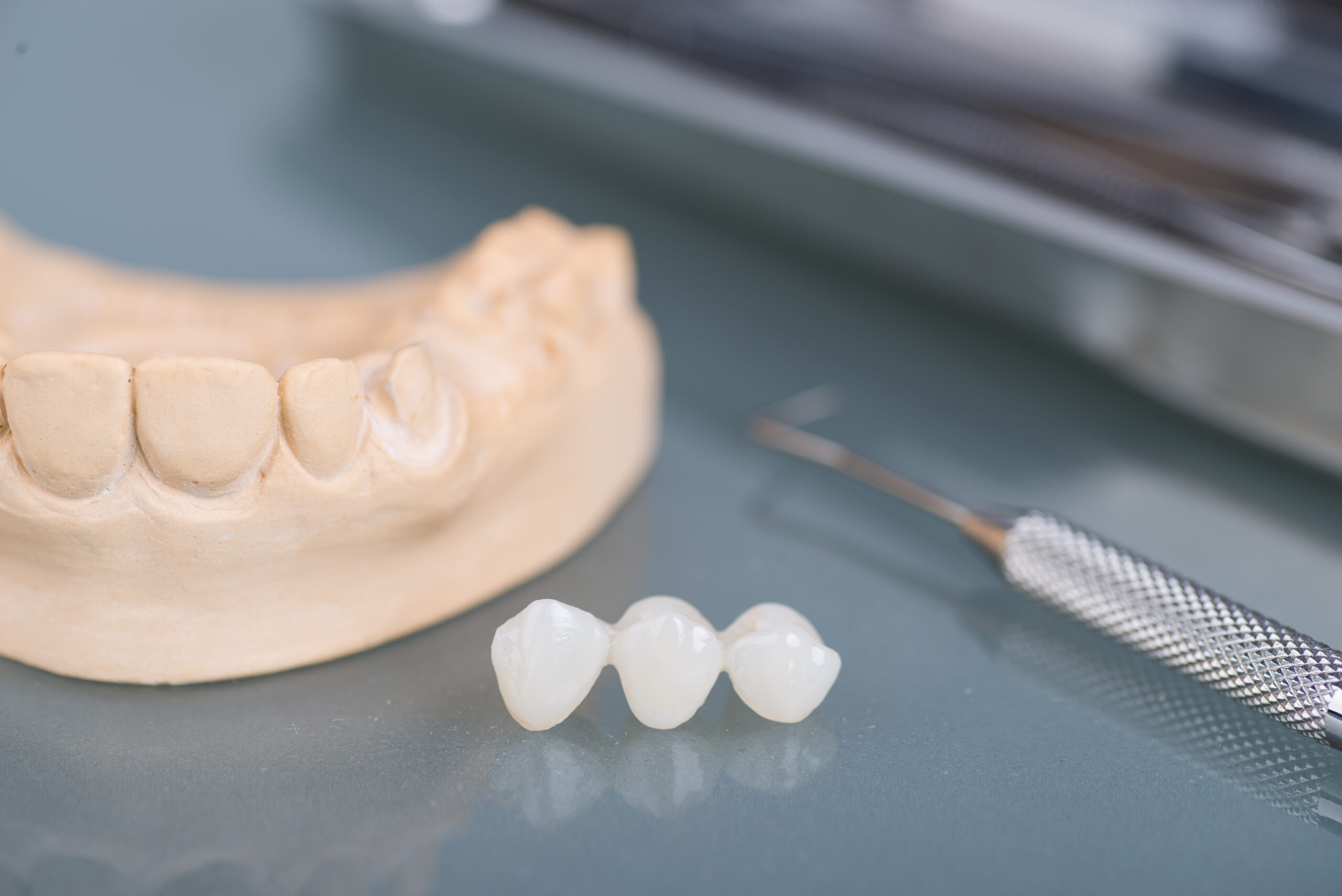We are closed Monday Dec 23 through Thursday December 26 for Christmas. For Emergencies, please call 509-737-0327
FOLLOW US
Experience comprehensive restorative dentistry at Creekside Dental. From simple fillings to complex dental procedures, our skilled team is dedicated to restoring your oral health and a beautiful smile. Schedule a consultation to learn how we can help you.

Cavities can lead to pain and discomfort. Our team provides efficient and effective cavity fillings to restore your teeth to full function. With our expert care, you’ll be able to enjoy your favorite foods without worry.
A Beautiful and Durable Solution
A dental crown is a custom-made cap that covers a damaged tooth, restoring its strength, shape, and appearance. Crowns can be used to:
With a dental crown, you can enjoy a strong, healthy, and beautiful smile


Dental Implants: A Lasting Solution for Missing Teeth
Dental implants provide a strong, stable, and natural-looking solution for replacing missing teeth. These titanium posts are surgically placed into the jawbone, fusing with the bone to create a secure foundation for replacement teeth.
Benefits of Dental Implants:
If you’re missing teeth, dental implants may be the right choice for you. Schedule a consultation with our team to learn more.
A Bridge to a Brighter Smile: A dental bridge is a fixed prosthetic device used to replace one or more missing teeth. It consists of artificial teeth anchored to natural teeth or dental implants.
Benefits of Dental Bridges:
Schedule a consultation with our team to discuss your options and learn how a dental bridge can benefit you.
